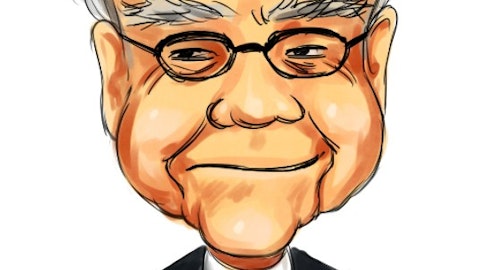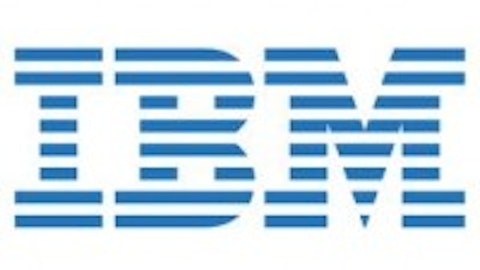The key is to identify great companies to invest in, and to diversify risk factors across multiple unrelated industries and businesses. For example, rising food costs would affect Chipotle Mexican Grill, Inc. (NYSE:CMG) and Whole Foods Market, Inc. (NASDAQ:WFM) both, even though they don’t directly compete with one another. However, an economic downturn would likely affect Whole Foods Market, Inc. (NASDAQ:WFM) less, as people are more likely to eat out less, but will still need to buy groceries. Factor in the demographics of Whole Foods’ customer base, and one will see that it is less affected by this than other grocers may be.
On the other hand, Chipotle Mexican Grill, Inc. (NYSE:CMG) , especially with its new “Shophouse” southeast Asian concept, may have a larger expansion opportunity, so the risk, over time, is worth the downside. The bottom line is that both of these companies are great investments. Chipotle Mexican Grill, Inc. (NYSE:CMG), as an example, at $9.23, produces nearly double the Earnings per Share, or EPS, of its closest competitor, McDonald’s Corporation (NYSE:MCD), and is more than 3 times its industry average.
Whole Foods Market, Inc. (NASDAQ:WFM) similarly has produced EPS results superior to its competition, while growing revenue more than 20% every year. Factor in a store count that’s about 1/3 the planned 1,000, and there’s little reason to expect the growth to stop. Lastly, since the company uses free cash flow and profit to build new stores, that EPS number is likely to keep climbing as well.
Index funds are another powerful tool for the average investor, especially when operating with smaller sums of money. Two common ones are the SPDR S&P 500 ETF Trust (NYSEARCA:SPY)
It’s a Foolishly easy choice to me. Add in the 1.2% dividend yield, and RSP is one to buy every month, letting, to paraphrase Buffett, the “magic of compound interest” work for you.
Speaking of Buffett,
Berkshire Hathaway Inc. (NYSE:BRK.A)-B) is probably the best index fund out there. With its stable of fantastic investments Buffett and Munger have made over the years, including The Coca-Cola Company (NYSE:KO), American Express Company (NYSE:AXP),
Foolish bottom line
Complicating the path to future wealth isn’t worth the effort. Trying to time the market with tactics like “selling in May” is a sure-fire way to water down your returns and give your hard-earned money to the tax man and your broker. Keep it simple, Fool. Make a few smart choices, add to them over time, and don’t try to outsmart Mister Market. Because he’s nuts, and he’ll cut you without even thinking about it.
Tell me what you think. Share your comments below!
The article Sell in May and Go Away: Debunked originally appeared on Fool.com is written by Jason Hall.
Copyright © 1995 – 2013 The Motley Fool, LLC. All rights reserved. The Motley Fool has a disclosure policy.



